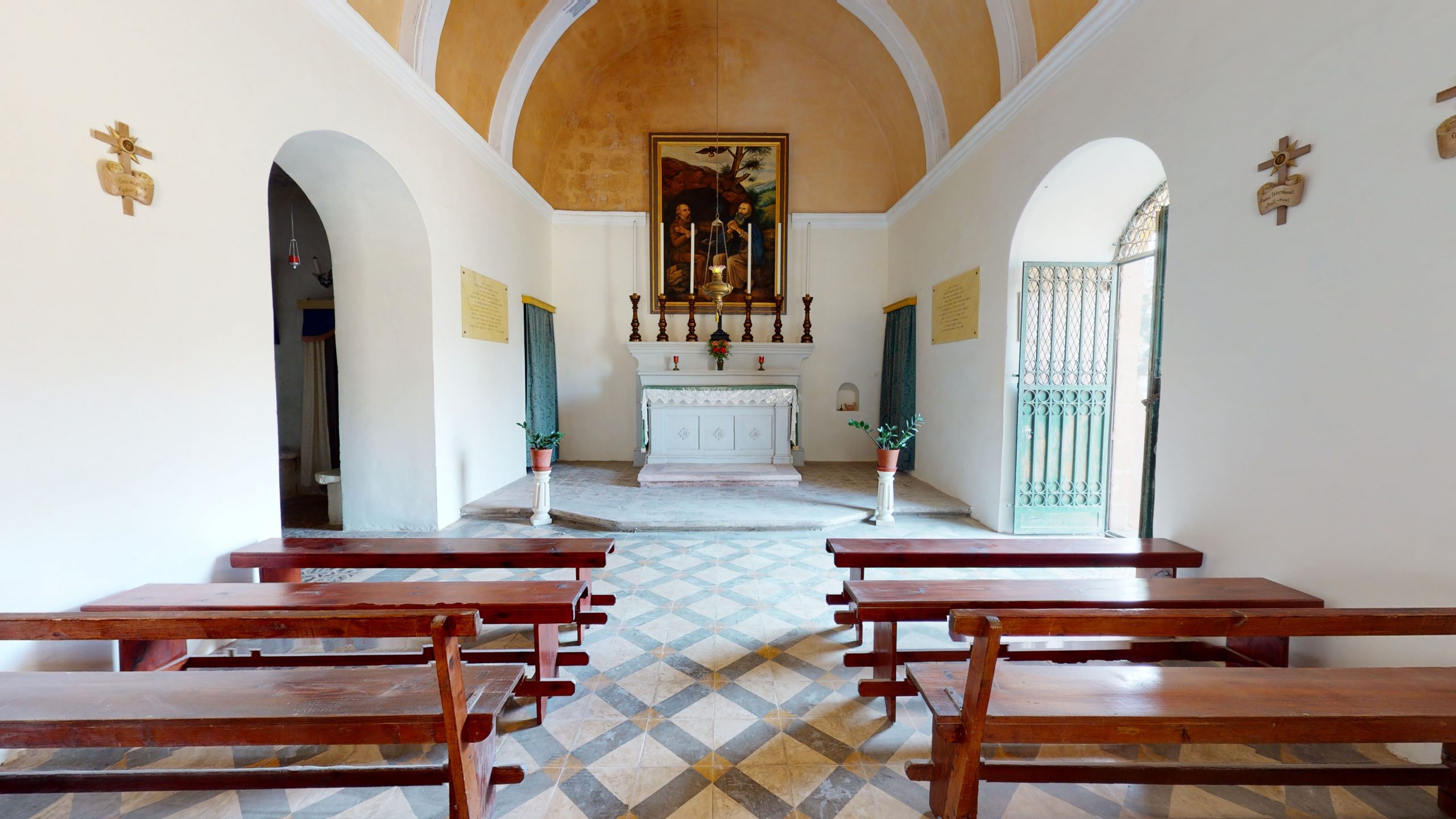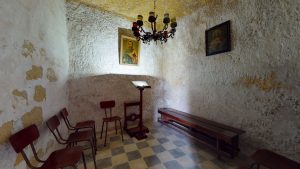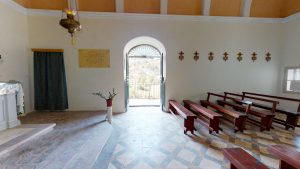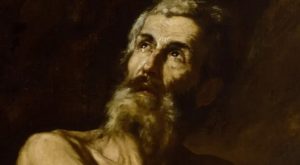
WELCOME!
to
Chapel of St. Paul the Hermit
The Chapel of St Paul the hermit is a small church built in the shadow of an overhanging ledge of rock and very difficult to get to. Located in Wied il-Ghasel near Mosta, it is one of the most picturesque wayside churches in Malta.
Click/Tap to View
THE LEGEND
An old legend narrates how Corrado, a saintly hermit, lived in Wied il-Għasel. He admonished the shepherds living nearby and entreated them to change their ways and lead a good life.
Fed up with his exhortations, the shepherds threw stones at him to make him go away. Corrado escaped but was followed by the shepherds all the way to the seashore.
There, he spread his cloak on the water and, crossing the channel, arrived at Gozo. He passed the rest of his life in Qala on the spot where today stands the chapel of the Immaculate Conception.
In the face of these extraordinary events, the shpherds repented. To make up for their bad deeds, they decided to erect a chapel in the cave where Corrado used to live.
They dedicated the chapel to St. Paul the Hermit of Egypt.
THE CHAPEL

The present chapel was built in 1656, replacing an older one existing on the same spot. The main altar is dedicated to St Paul the Hermit. On the left, a cave has been turned into a small inner chapel dedicated to Our Lady of Graces. Water seeps through the rocks of the chapel of Our Lady, and falls into three water basins hewn in the rock. It then overflows into a water system nearby.
Several grandmasters of the Order of St John used to procure water from the chapel for its pure taste. Grandmaster Manuel Pinto, was a benefactor of the chapel. When the Maltese Bishop Baldassere Gagliares visited the chapel of St. Paul, he found that people from all over the island venerated it.
 The feasts of St Paul the Hermit and of Our Lady of Graces, used to be celebrated in the chapel.
The feasts of St Paul the Hermit and of Our Lady of Graces, used to be celebrated in the chapel.
After the Great Plague of 1676 Reverend Ortensio Bennini, organist at St John’s Conventual Church in Valletta began to celebrate a mass with music accompaniment, on the 15th of January, feast of St. Paul the Hermit.
In 1920, Bishop Dom Maurus Caruana chose Reverend Karm Gauci from Mosta as rector of the chapel.
Father Karm, erected a new altar to Our Lady of Graces in white marble and built a new parvis surrounded by an iron railing and gate.
The floor of the chapel was also paved with new tiles. The tiles were carried one tile at a time by the children attending doctrine lessons. Father Karm also constructed a footpath across the valley, so as to facilitate access to the church for a mass on Wednesdays and prayers on Sundays.
During construction works at Fort Mosta, debris was thrown into the valley and covered the footpath, making it difficult for people to reach the chapel.
Until the early 1970s nobody took care of the church anymore. In 1972 paintings and ornaments were moved to Mosta Parish Church for safety. To make matters worse, a boulder detached itself from the ceiling of the cave and destroyed part of the parvis. In the 1980s this boulder was removed and iron doors were fixed.

Unfortunately, yet another piece of rock fell on the chapel’s
roof, and pierced it. Work on the chapel stopped to a standstill.
In 1992, a group of volunteers from Mosta restored the chapel, and on the 12th of September 1993, feast of Our Lady of Graces the chapel was opened once again for public worship. Two original paintings, Our Lady of Graces and St Paul the Hermit were moved to the Mosta Rotunda, and were replaced by the copies now found in the chapel.
This is one of the few cave churches still existent in Malta, and the only one dedicated to St Paul the hermit.
St Paul the Hermit was born in Egypt in circa 228 A.D. When he was 15 years of age, he went to live with his sister, because his parents went to dwell in the countryside to flee from the persecution of Emperors Decius and Valerianus.
Paul’s brother in law decided to denounce Paul as a Christian. Thus, after Paul’s execution, his betrayer would be able to seize his possessions. Getting to know about it, Paul escaped to the desert, where he lived as a hermit, passing the rest of his days in prayer and penance.
 For 60 years God sent a black rook, carrying half a loaf of bread to satisfy Paul’s need for food. Before Paul died, St. Anthony the abbot, another hermit, also living in Egypt, paid him a visit. On that day, the rook delivered one whole loaf, which the two saintly hermits shared between them. Then they drank water from a nearby stream and passed the night in prayer.
For 60 years God sent a black rook, carrying half a loaf of bread to satisfy Paul’s need for food. Before Paul died, St. Anthony the abbot, another hermit, also living in Egypt, paid him a visit. On that day, the rook delivered one whole loaf, which the two saintly hermits shared between them. Then they drank water from a nearby stream and passed the night in prayer.
The next day, Paul died, St. Anthony said the prayers for the repose of Paul’s soul, and saw to his burial. It was the year, 341 A.d. when Paul the hermit died, at the age of 113 years.
Pope Paul V established the feast of St Paul the Hermit, to be celebrated on the 15th of January. The learned St. Jerome, wrote about the life of St. Paul, who was the first to live a hermit’s life in Egypt.